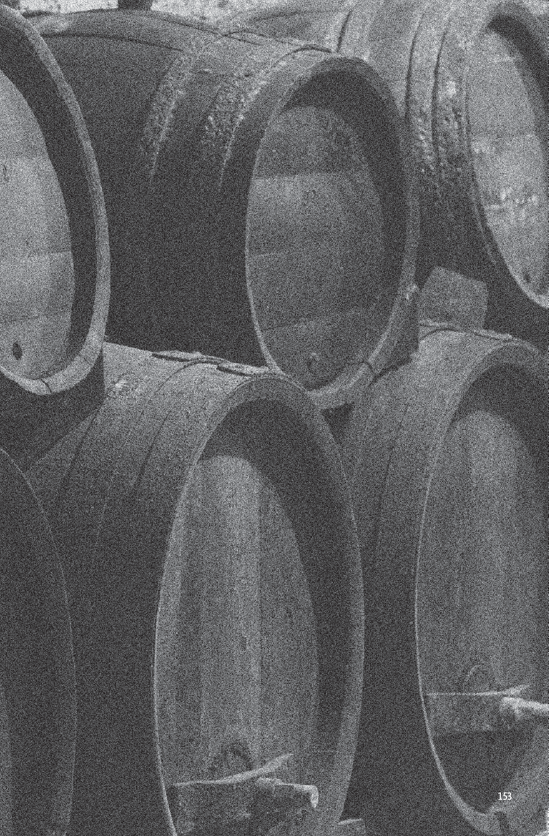Chapter 6. Does it tell a story?


In the mid-1800s, steamboats owned the river ways of America's burgeoning trade business. These behemoth steamers would carry cargo and passengers across the "new frontier," providing opportunity to entrepreneurs willing to risk the dangers of the open plains. As townships began to emerge along the banks of America's mightiest Midwestern rivers, steamboats acted as conduits connecting homesteaders and settlers with the materials necessary to build a new life. The steamboat Arabia was no different, spending most of her time paddling between upstart Kansas City and her sister city on Missouri's eastern border, St. Louis.
On August 30, 1856, an otherwise normal day along the edge of the "Mighty Mo," the steamboat Arabia's days of chugging powerfully down the Missouri River abruptly came to an end. She struck a submerged walnut tree whose roots held strong in the muddy river bed and tore a hole through her hull wide enough to bring the fully stocked steamer to the bottom of the river in eight minutes, leaving just her smokestacks above the surface of the surging river. Everyone aboard, save for a stubborn mule that refused to leave, were able to climb aboard lifeboats and make it to shore. The cargo, however, went down with her.
There have been three separate ...
Get Chasing the Monster Idea: The Marketer's Almanac for Predicting Idea Epicness now with the O’Reilly learning platform.
O’Reilly members experience books, live events, courses curated by job role, and more from O’Reilly and nearly 200 top publishers.

